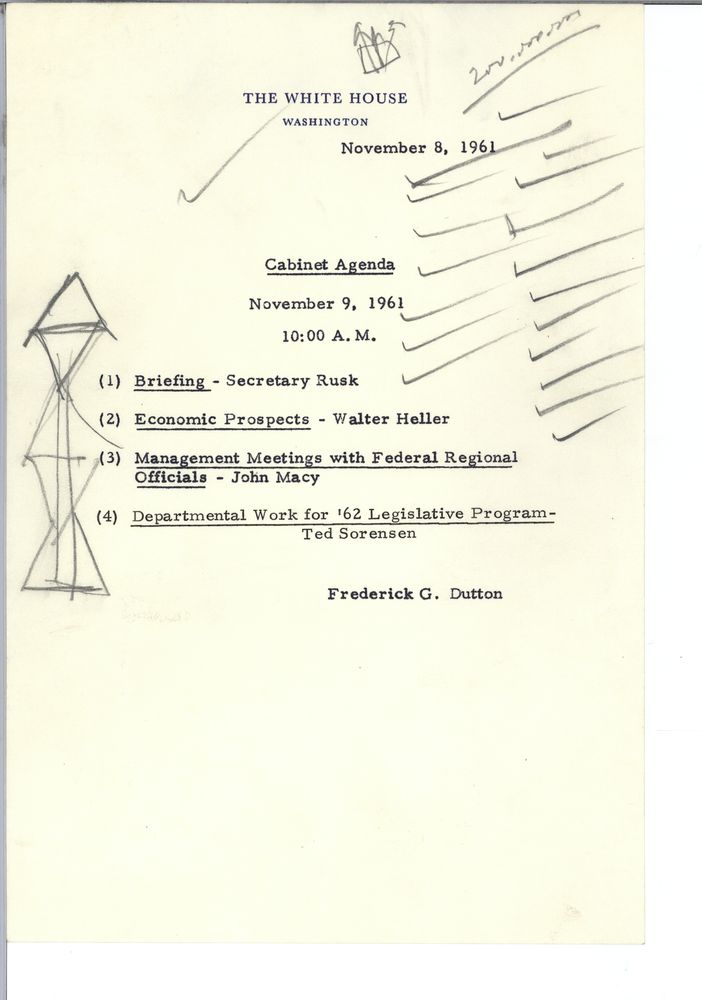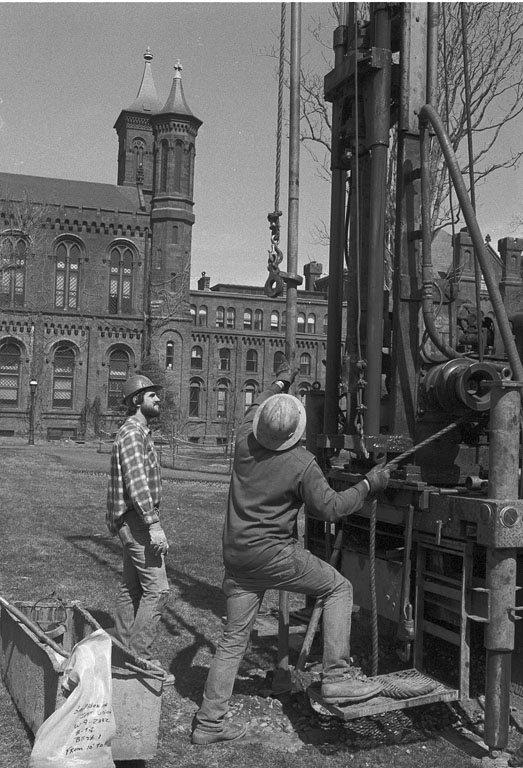Results for "Littler, Mark M. (Mark Masterton)"
- Blog Post
See Here: 6/23/2010
- Date: June 23, 2010
- Creator: The Bigger Picture
- Description: [caption id="" align="aligncenter" width="442" caption="Mark and Diane Littler inspecting algae at the Smithsonian Marine Station at Link Port, Florida. Mark is holding the algae specimen, Both are in the water wearing snorkeling gear and wetsuits, 1984, by Jeff Tinsley, Photographic print, Smithsonian Institution Archives, Record Unit 371 Box 4 Folder February 1985, Negative
- Blog Post
Serena Katherine “Violet” Dandridge: Suffragist and Scientific Illustrator
- Date: August 4, 2020
- Creator: Dr. Elizabeth Harmon
- Description: As one of the first women to work in scientific illustration at the Smithsonian, Violet Dandridge made her mark at the United States National Museum.

Found: Two People in the Flickr Commons!
- Date: January 16, 2013
- Creator: Effie Kapsalis
- Description: The story of how an 2 unidentified portraits in the Archives' collection was identified with the help of Flickr users.
- Blog Post
Smithsonian Scientists at Work
- Date: April 20, 2017
- Description: [view:sia_slideshow==75408]Scientific research has been integral to the Smithsonian, from its founding to today. The Smithsonian's founder, Englishman James Smithson, saw in the U.S. (according to his biographer, Heather Ewing) "a place of the future" that could support "science and progress for humanity." He believed that scientists were "citizens of the world" and that the
- Blog Post
Ruel P. Tolman’s Images: Who Are You?
- Date: January 12, 2012
- Creator: Courtney Bellizzi
- Description: Help us identify images from the 1930s, photographed by Ruel P. Tolman, Curator and Director of the Smithsonian’s National Collection of Fine Arts.

Link Love: 8/2/2019
- Date: August 2, 2019
- Creator: Deborah Shapiro
- Description: Link Love: a weekly post with links to interesting videos and stories about archival issues, technology and culture, and Washington D.C. and American history.

Art in the Margins: John F. Kennedy's "Doodles in Dimension"
- Date: November 10, 2016
- Creator: Hillary Brady
- Description: President John F. Kennedy's doodles were given a new dimension by local Washington, D.C. sculptor Ralph M. Tate and the Anacostia Community Museum.

Twenty-Six and Blooming!
- Date: May 22, 2013
- Creator: Kira M. Sobers
- Description: Today is the anniversary of the opening of the Enid A. Haupt Garden at the Quad near the Smithsonian Institution Building.
- Blog Post
Behind the Veil
- Date: March 4, 2010
- Description: [caption id="" align="alignleft" width="251" caption="Veiled Woman with Pearls, c. 1890, by Antoin Sevruguin, Gelatin silver print, Freer Gallery of Art and Arthur M. Sackler Gallery, Myron Bement Smith Collection, Gift of Katharine Dennis Smith, 1973–85, Image ID: 2.07."][/caption] The Archives of the Freer Gallery of Art and Arthur M. Sackler Gallery contain a collection of

Queue the Quadrangle - South Mall Transformation
- Date: November 20, 2014
- Creator: Mitch Toda
- Description: A look at the Quadrangle complex of the Smithsonian that encompasses the Enid Haupt Garden, the National Museum of African Art and the Arthur M. Sackler Gallery.
- Blog Post
Archives Puzzles: Smithsonian’s First Paid Employee
- Date: August 9, 2021
- Creator: Emily Niekrasz
- Description: Have a little fun with images from our collections that have been designated as open access. Anyone can now download, transform, share, and reuse millions of images as part of Smithsonian Open Access.
- Blog Post
See Here: 2/25/2013
- Date: February 25, 2013
- Creator: Kira M. Sobers
- Description: See Here: a weekly photo feature showcasing images from the collections of the Smithsonian Institution Archives.
